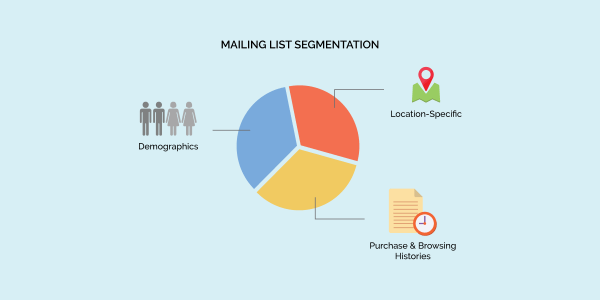Intro
Every individual has different taste and views on what interests them. But for email marketing purposes, they can still be grouped into various segments to improve open and click-through rates. Below, we will go into more details on some of the common strategies for segmenting your mailing list.
Demographics
Personal details about your audience like their age, gender and income level can give you a good understanding on what might interests them. For example, a higher income level indicates a higher purchasing power so folks in that category would likely favor better quality products and are willing to pay for them. In the world of fashion and accessories, gender might play a big role in determining which clothing or accessories will likely garner interests from your audience.
Location-specific
If you’re dealing with location-specific marketing, e.g. restaurant promotions, it makes sense to limit your marketing emails to only customers from specific areas. Unless the restaurant is very famous, most of their patrons will likely be local folks from the nearby regions.
Purchase and browsing histories
This is something you will see on many e-commerce sites like Amazon. Each item that the customer has purchased in the past from the website contributes to a buying pattern that the retailer can leverage to sell them related products. For example, if the customer recently bought a mobile phone from that website, it is not illogical to assume that they might also be interested in mobile phone accessories like Bluetooth earpiece or protective casing for the phone itself.
Every item that was browsed recently will also indicate what type of items the customers are interested in buying. A customer who has been browsing various pages displaying laptops could be surveying his options before making a purchase. In this case, sending them an email containing a list of laptops and tablets would help them to finalize their purchase.

